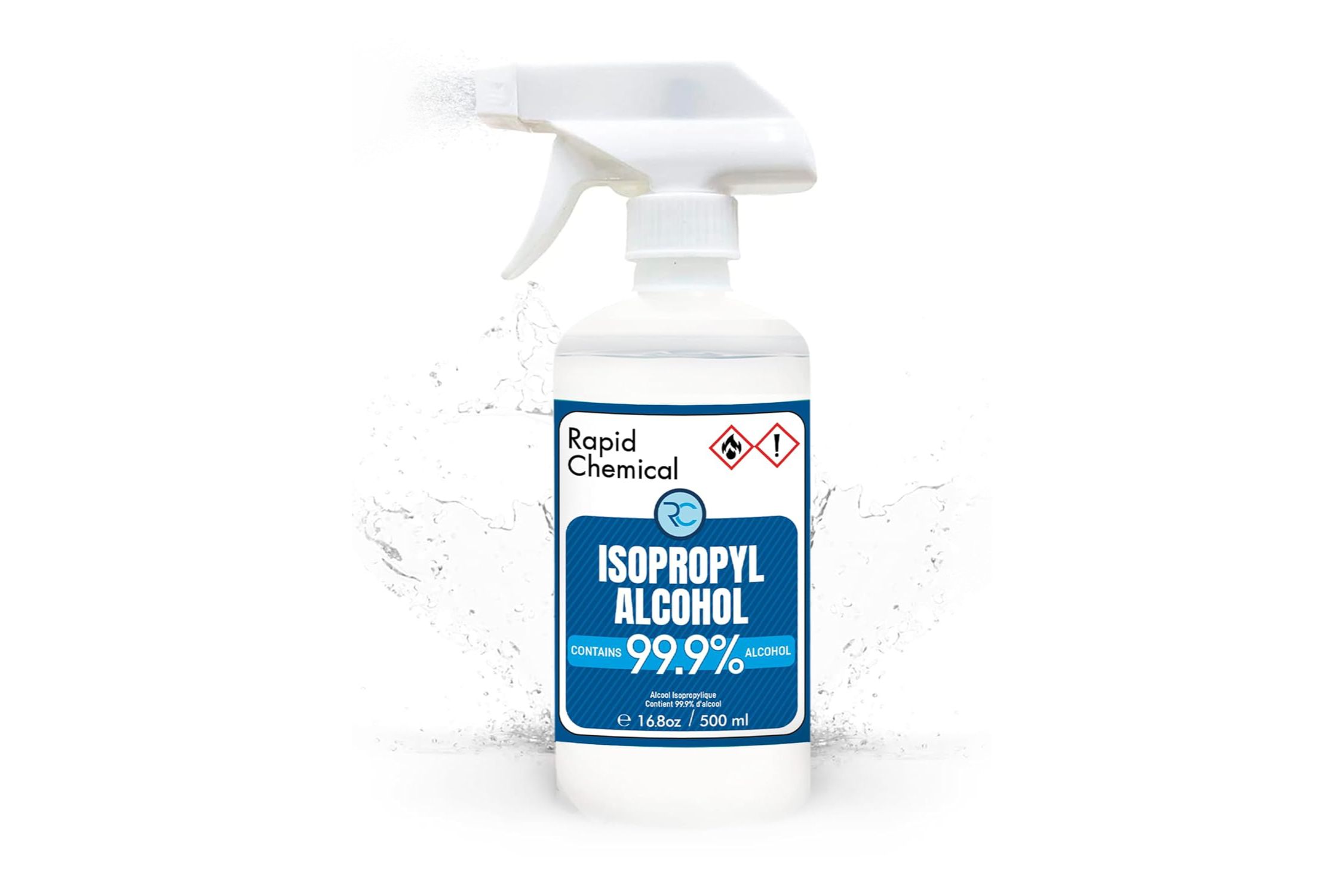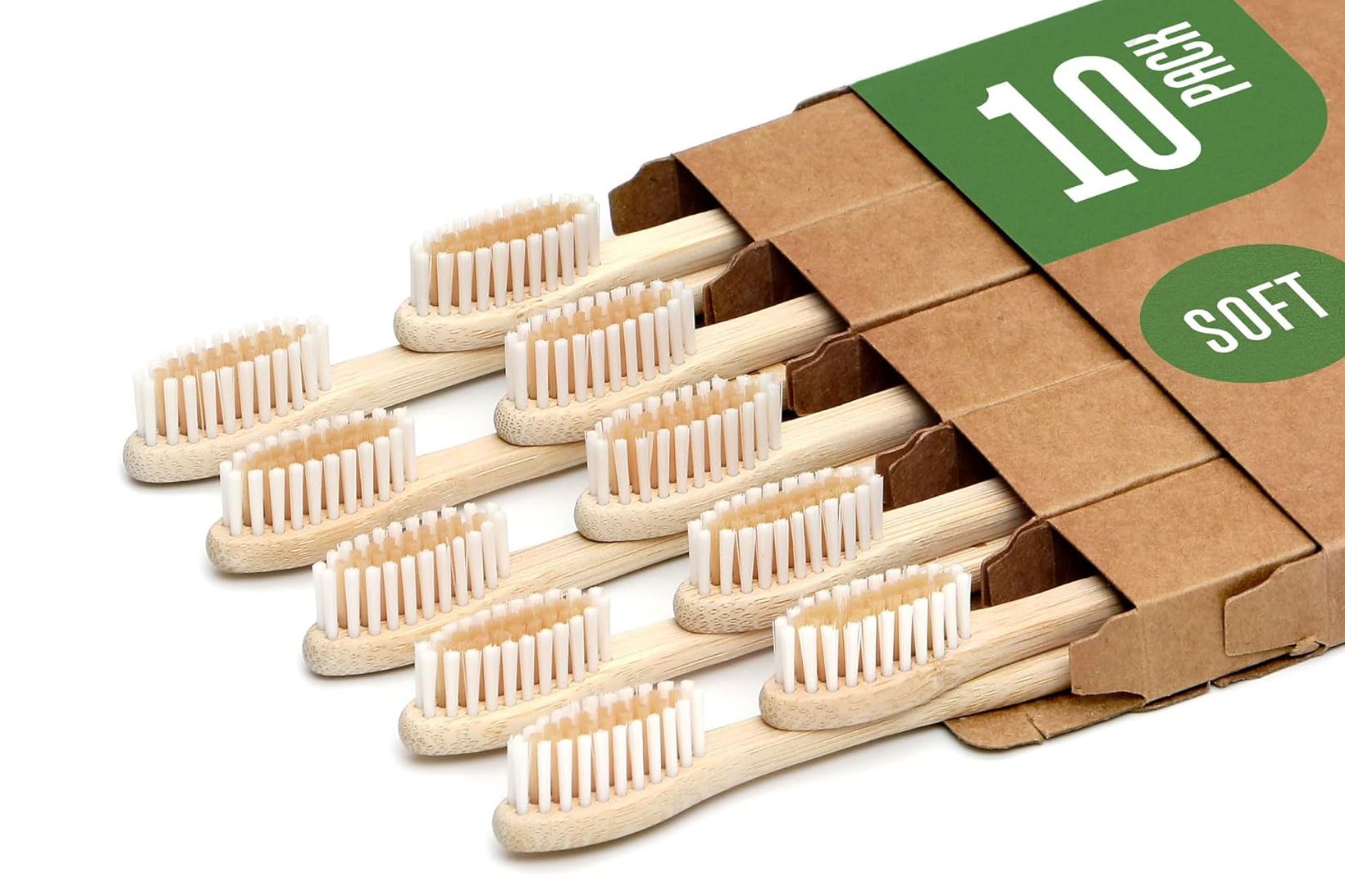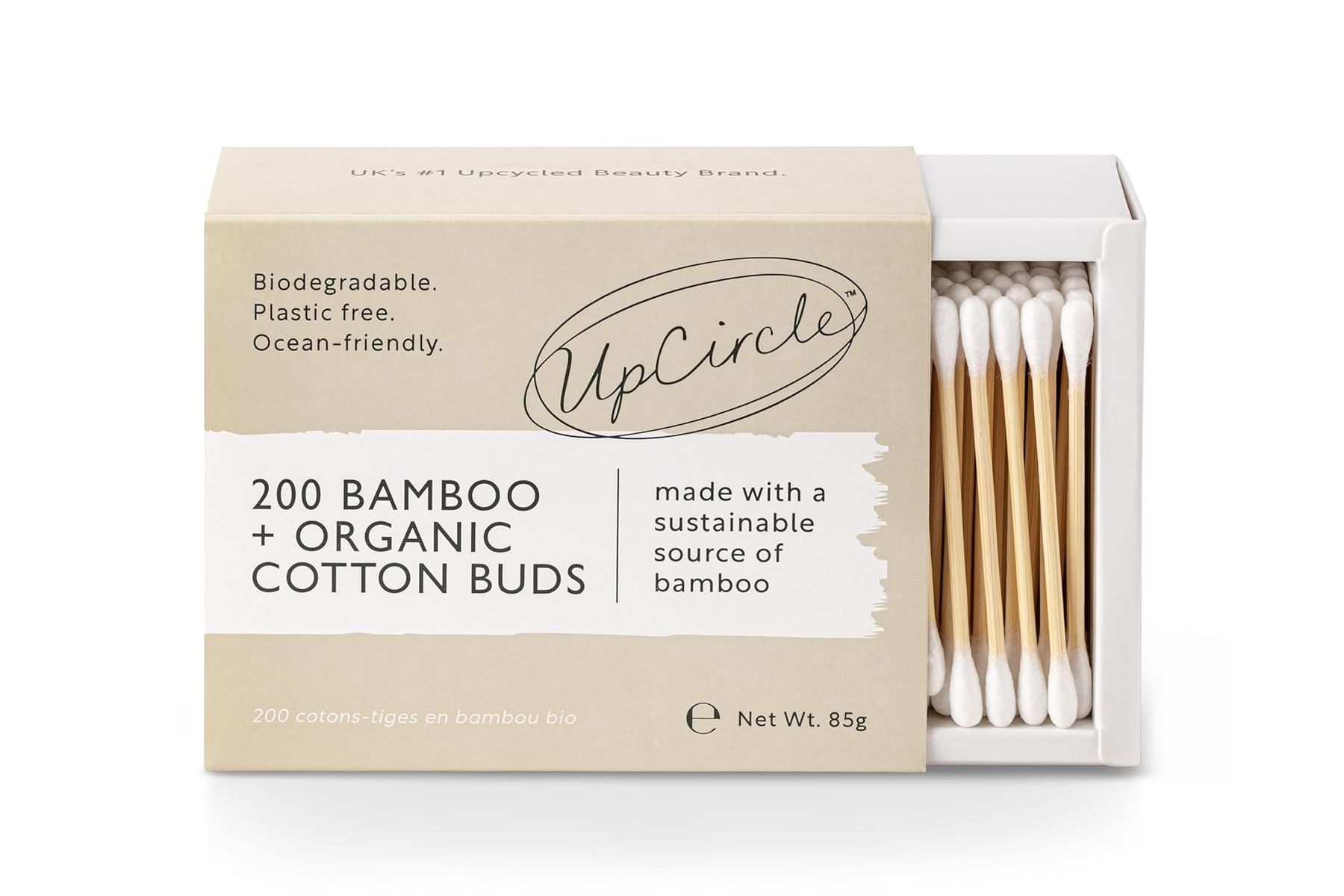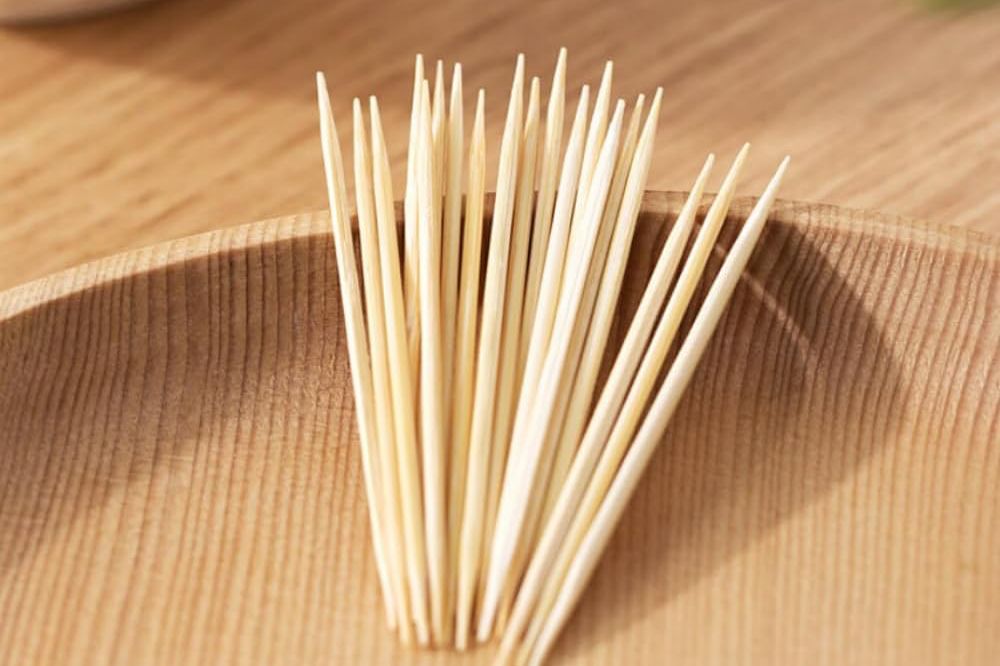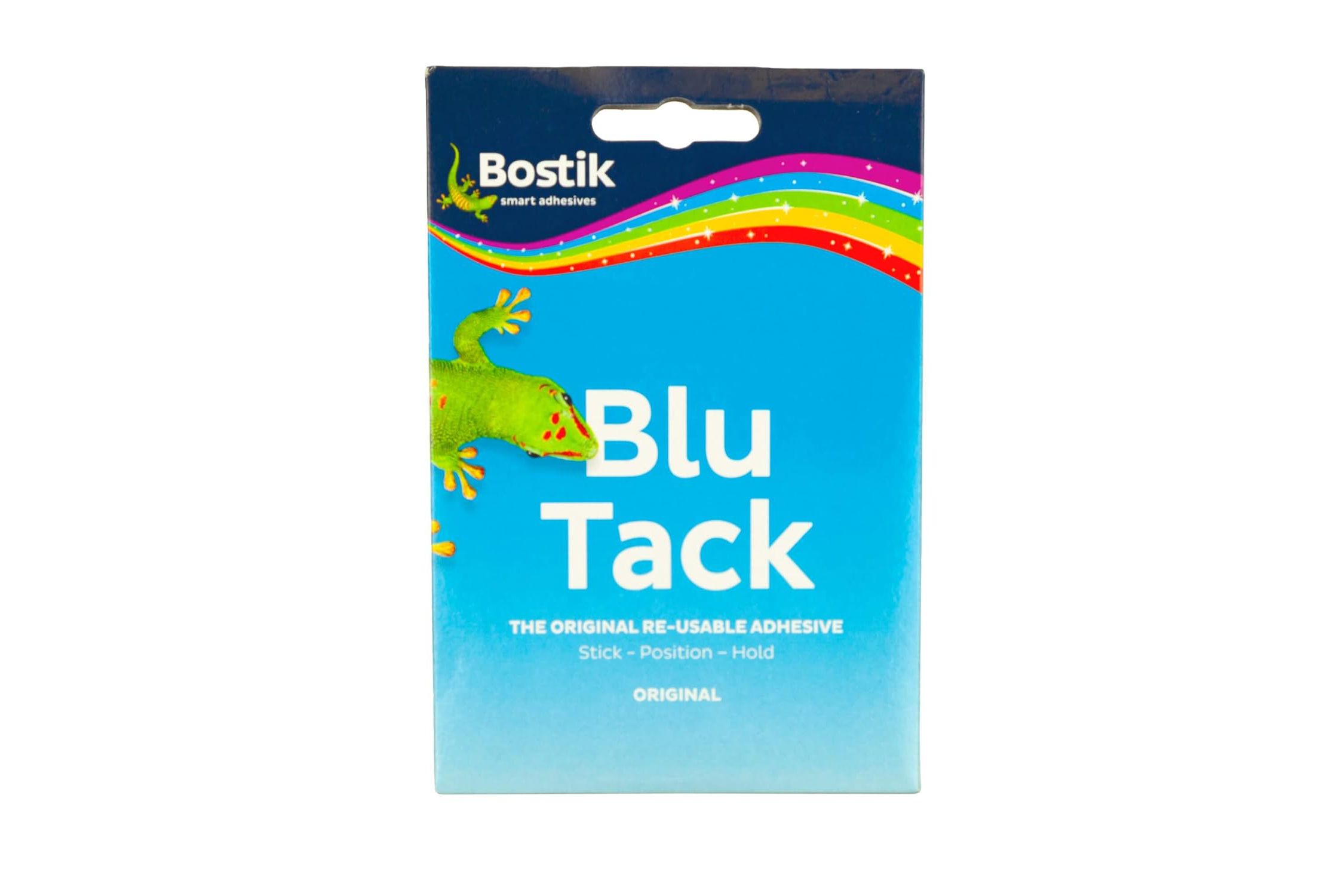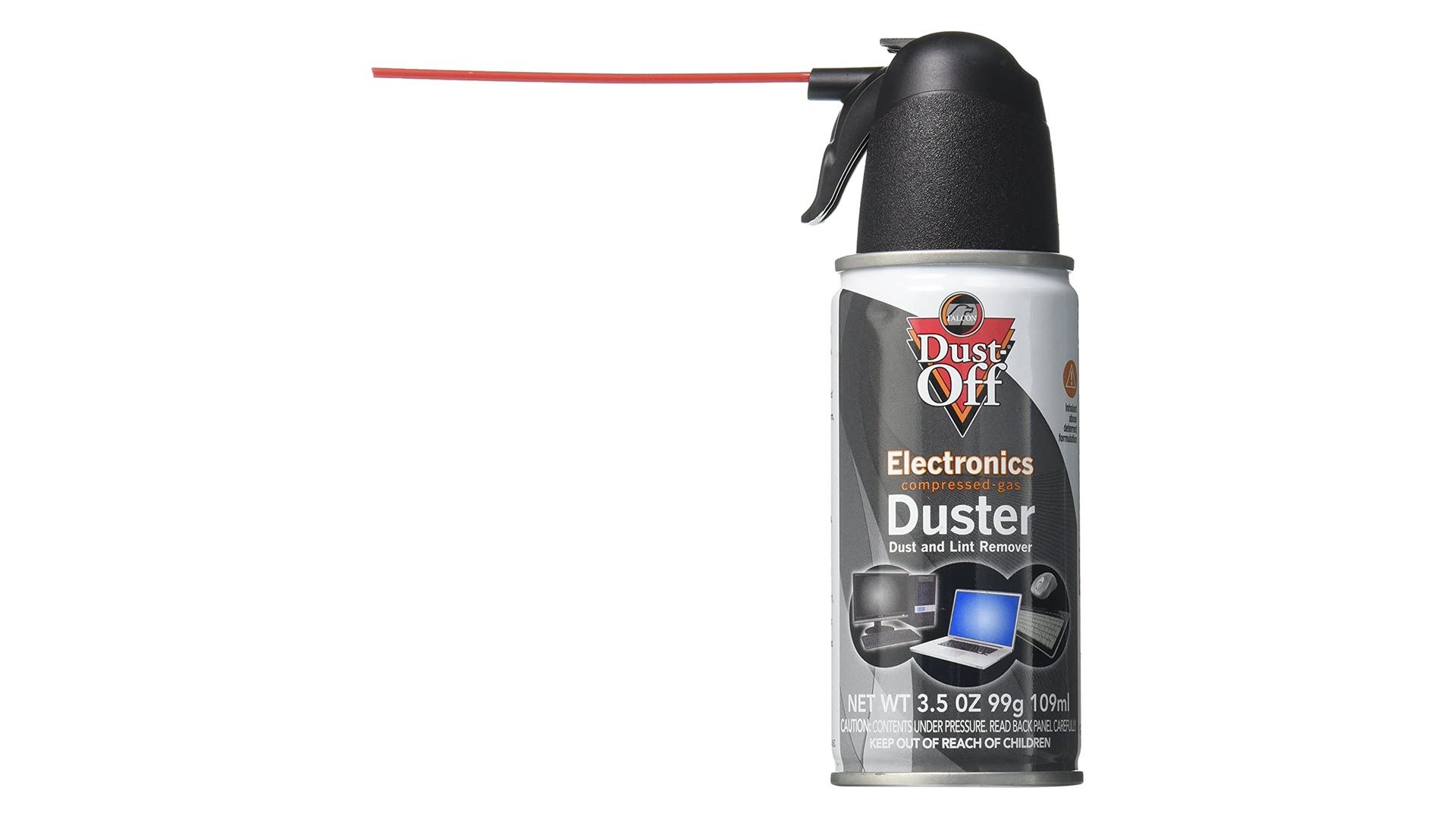Don’t wait until the eleventh-hour to assemble a one-stop cleaning kit for your personal tech. It’s best to have the things you might need on hand so you don’t need to rush out or wait days for delivery when you finally need them.
Isopropyl alcohol is magical stuff. It can dissolve all manner of gunk, including sticky sugar residue, oil from your hands and face, and tough dried-on grime. It’s great for cleaning and disinfecting smartphones, laptops, game controllers, and even your own flesh (it’s a topical antiseptic if ever you need one).
We recommend using iso to clean sticky buttons on game controllers and it can even help fix analog stick drift caused by dirt buildup.
Aim for 90% or higher isopropyl alcohol when cleaning electronics, since lower-grade variants are diluted with water which takes longer to evaporate and may leave more residue behind.
70% iso is actually a better disinfectant against bacteria and viruses since the higher water volume allows the alcohol to penetrate the cell wall of whatever nasties you’re trying to kill before it evaporates.
Isopropyl alcohol quickly evaporates which means you can use it fairly liberally to remove unwanted residue without having to worry about mopping it up or waiting ages for it to dry. Use it in conjunction with some of the other items on this list (like cotton buds) to agitate and remove grime in hard-to-reach places.
Avoid using isopropyl alcohol on sensitive surfaces that have coatings on them, particularly non-touchscreen display panels. The same is true of limited edition consoles and controllers that have decals, as
one Switch owner
found out. Always check the manufacturer’s instructions before you start cleaning.
Soft, lint-free microfiber cloths should be your go-to cleaning aid for the vast majority of electronics. As long as the cloth is clean, you should be able to remove dust, dirt, and grease without causing scratches to the surface.
Dampen a microfiber cloth with water to remove more stubborn, dried-on grime. Do the same to loosen up anything that’s stuck to a computer monitor. Follow up with a dry microfiber cloth and buff to a streak-free finish. Making sure your cloth is clean is important since a dirty cloth can carry particles that will scratch sensitive surfaces.
You can buy several different types of microfiber cloths. The thicker ones are perfect for dusting, whereas the thinner ones (like those used to clean glasses) are better for wiping down reflective surfaces. What’s important is that you clean them regularly, either by soaking them in warm water and detergent or sticking them in the washing machine.
Don’t use fabric softeners when washing your microfiber cloths, since this will coat the surface, make them less effective, and can even transfer residue onto whatever you’re trying to clean.
You should buy cheap, bulk-packs of microfiber cloths and separate them by task. Forgetting that you’ve used one of these cloths to clean windows with an acetone-based cleaner and then using it on your laptop display would be a disaster. Buy in bulk, and wash or replace often!
Soft-bristle toothbrushes are ideal for getting into hard-to-reach places without causing damage to any sensitive components. The bristles are soft and bend easily, so you can dislodge lint and dust without bending contacts or poking holes in things.
Use a soft-bristle toothbrush to clean your smartphone’s charging port (among others). They’re also good for cleaning speaker and microphone grilles, like those found on earbuds. These grilles are sensitive and can be easy to break, but careful use of a gentle toothbrush can be effective without causing damage.
They can also be used to get the dust out of vents, clean keyboards and game controllers, and can be combined with a spritz of isopropyl alcohol to make them even more effective.
Cotton buds are soft yet firm and absorbent. Combined with a drop of isopropyl alcohol, they are great for cleaning grime out of the corners of earbuds and keyboards, the edges of computer ports, and more. They’re big enough that they won’t necessarily push grime inside whatever you’re trying to clean, and you can dislodge dirt with a rotating motion for a better result.
You can buy cotton buds of varying sizes, or just use the ones you already have in the bathroom cabinet.
Cotton buds can be an effective cleaning tool, but they do break apart under too much pressure. This can cause them to leave fibers behind, so it’s important that you keep a close eye on your cotton buds while cleaning.
Sometimes you need a sharp point for removing grime and applying a bit of pressure, which is where wooden toothpicks come in. Wood is ideal for this task since it’s a lot softer than metal and is non-conductive, but is still firm enough to get the job done.
Toothpicks are ideal for getting deeper into ports to drag out lint and other dust. They’re great for cleaning between joins, like the thin gap around the edge of a game controller where the front and back plates meet. They’re also great for dislodging earwax from speaker grilles on earbuds, as long as you take care not to apply too much pressure.
Just like a toothbrush or cotton bud, too much pressure can still cause a lot of damage. Be careful whenever you’re using a sharp point to clean anything, and always apply as little pressure as possible to get the job done.
Blu Tack and similar no-name adhesives have all sorts of uses, but one you might not have thought of is as a cleaner for hard to reach places. It’s especially effective for collective fluff and dust, but can also be used to gather other grime as long as you warm it up in your hands first.
We’ve had success using it to clean speaker and microphone grilles before by pressing the Blu Tack into the grille and pulling it free. It can also be used to clean up some of the mess caused by other items on this list, like toothbrush bristles that have come loose or fibers from a cotton bud.
Blu Tack can dry out and becomes less effective for cleaning over time. This can cause it to break apart too easily, which can leave a residue so be careful.
A great alternative to Blu Tack which accomplishes the same task (and is purpose-built) is cleaning gel or putty designed specifically for this task. Often sold for the purpose of detailing cars, it’s very sticky and good at getting fluff and dust out of keyboards but it doesn’t tend to last long.
Compressed air, also known as duster or canned air, is great when used for the right task. It’s ideal for blowing dust out of keyboards or when used at a distance to clean PC hardware like motherboards. We’ve recommended it for cleaning out laptops and removing dust from PC cases in the past.
But it should also be treated with respect. Compressed air can damage fans especially when used at close range. It can also damage charging ports on smartphones or even compromise waterproof sealants.
Compressed air can damage your electronics. Make sure you use it from a suitable distance to avoid sudden pressure-related accidents and always check the manufacturer’s instructions before you clean.
It’s good to be prepared the next time you spill something or realize that your earbuds or controller are long overdue for a deep clean.
If you buy each of the items on this list you’ll spend about $60, but there’s a good chance you already have some of them lying around (you’d also have a few spare toothbrushes and enough toothpicks for a family of crocodiles).



